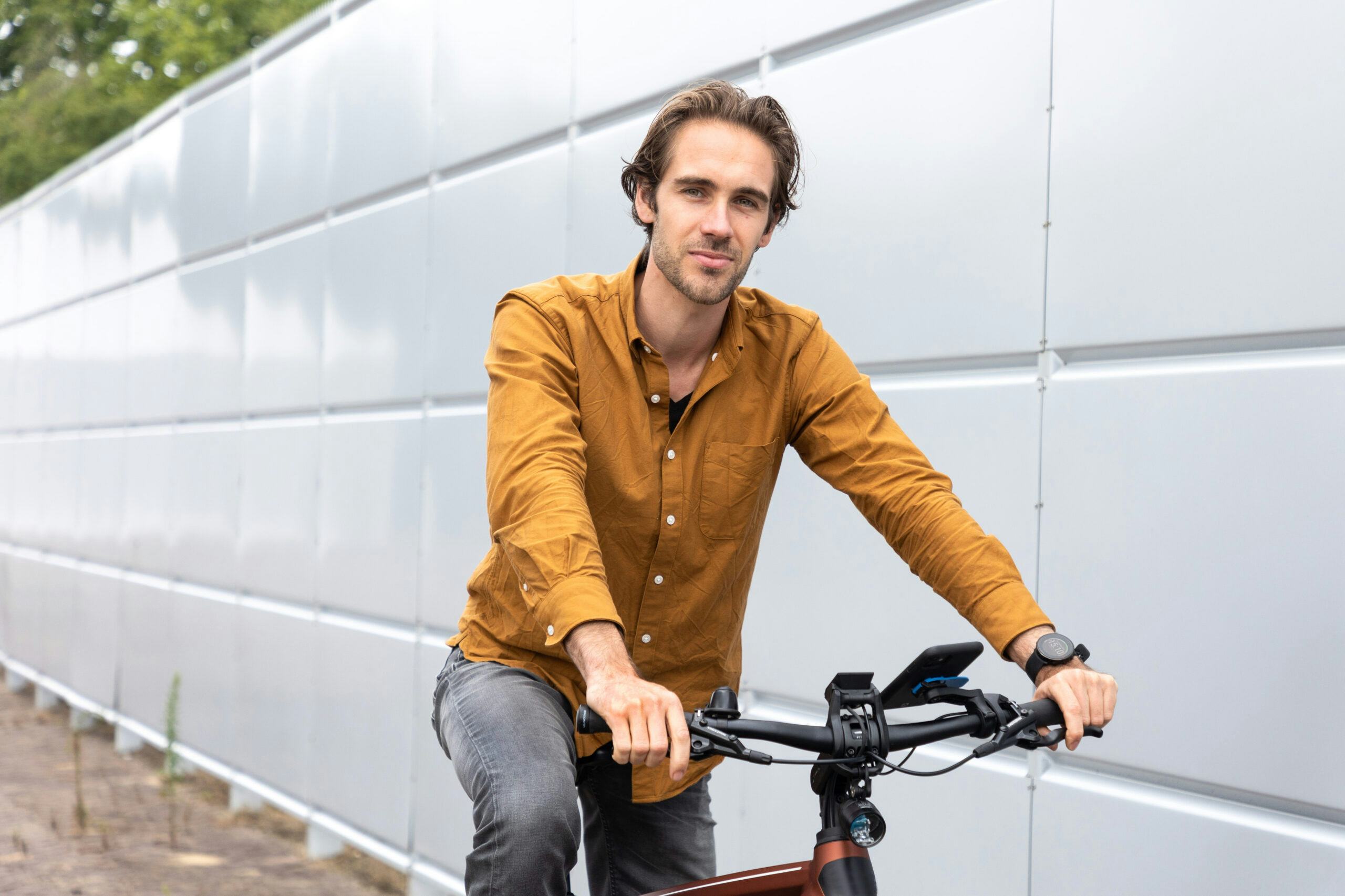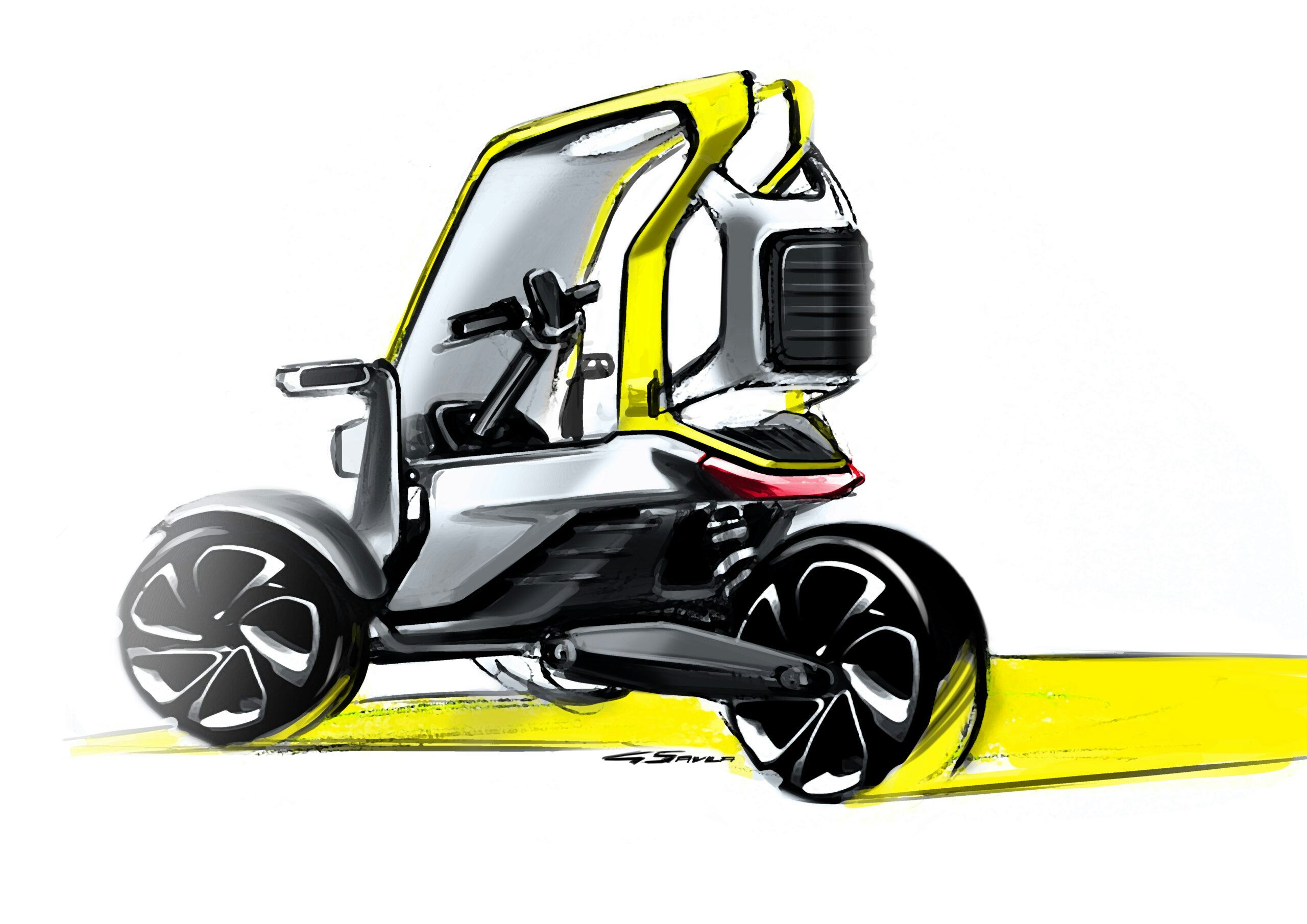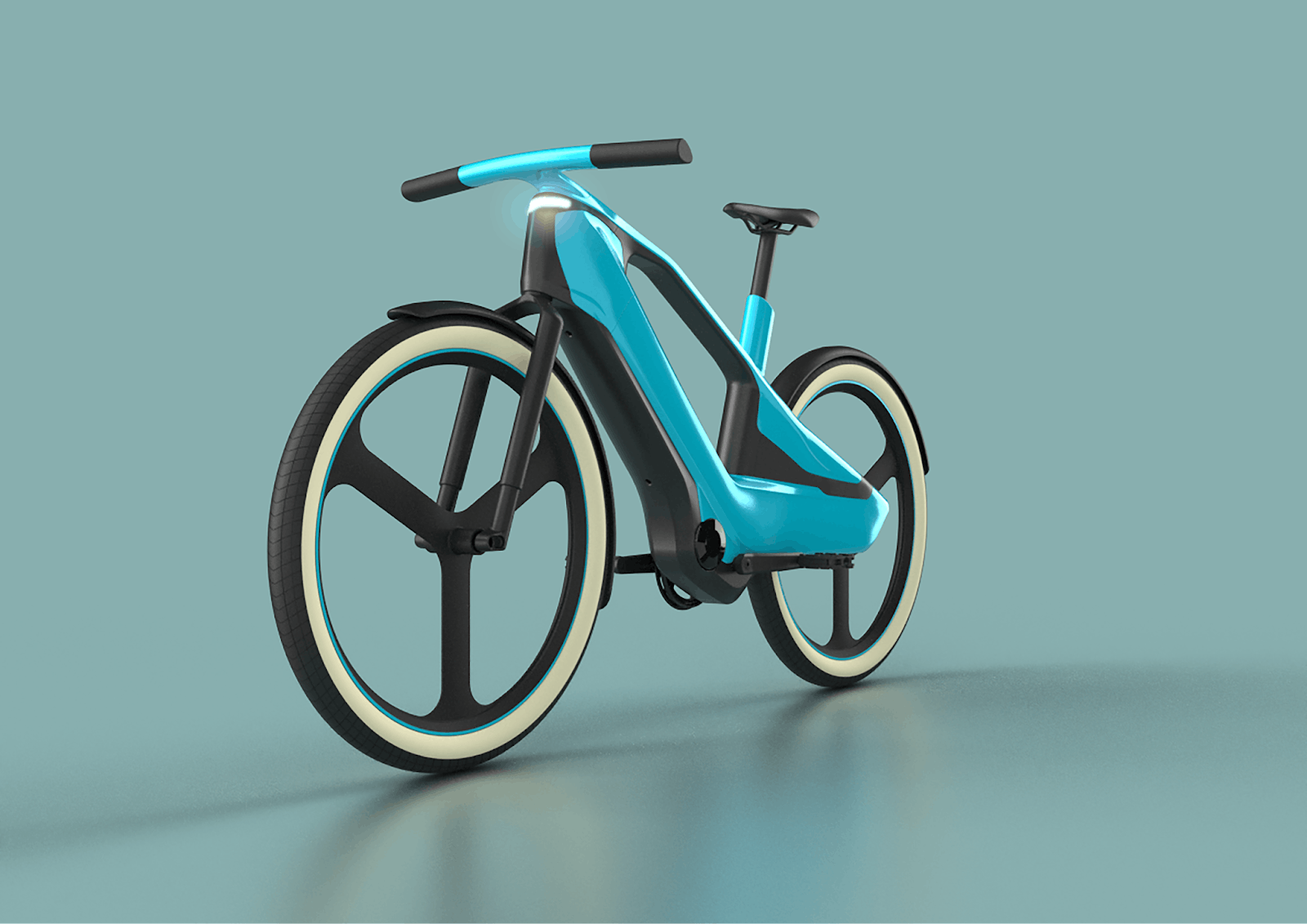VROEGH Design is a globally operating, fast-growing design and engineering consultancy firm. Its team works for numerous well-known mobility brands with a clear focus on e-bikes and cargo bikes. The agency pays much attention to the product-market fit, because they see it as one of the main drivers of success.
Take product-market fit into account during design phase
Product-market fit is the level at which a product is suitable for the target market. It should be taken into account during the design phase of a product. This is before engineering, production and sales. Retroactively adapting a product to a market is difficult and inefficient.
“More and more mobility brands recognise the importance of tailoring their (future) offers to a specific target audience," Dutch mobility designer and CEO Bob Vroegh explains. "However, it turns out to be anything but easy to create a fitting product on their own. Brands have a certain vehicle type, target group, or demographic in mind while defining their spot on the market, but do not sufficiently know how to tailor their product to fit. Nor is there always knowledge about how to conduct research, before and during the product lifetime, and to evaluate to what extent their product is suitable."
A brand image is often based on the brand's evolution on its home market and the company has spent years looking for the winning formula”
"You see that, for example, with Asian or US companies entering the European market. The high-performing vehicles from their original market do not necessarily perform that well in the new market, indicating a mismatch. You cannot blame them either. A brand image is often based on the brand's evolution on its home market and the company has spent years looking for the winning formula. It takes guts to tinker with this."
Cultural differences
A product-market fit is not only defined by subjective characteristics such as brand image, vehicle design and colour, but also by elements such as law and legislation, cultural differences and financial incentives schemes.
Vroegh: "In the Netherlands, transporting kids in a handlebar mounted front seat or a cargo-bike is very common, but in many other countries this setup degrades the safety experience of the cyclists. They may wish to transport the children on the rear carrier in this country. These kinds of cultural differences could be crucial for success.”

The automotive way of thinking
Automotive companies in the bike industry are also working on how to bridge the gap between their offer and the target audience. Putting a logo on a regular bike is not enough anymore. The product should be aligned with its brand language and legacy. “When an automotive brand is known for their innovation excellence and high safety standards, that should reflect in their micro-mobility vehicle offer. These core values define the success of the brand and are not tied to one industry."
"Nevertheless, we need the automotive way of thinking in the micro-mobility industry to keep up with the growth and the developing safety requirements. Besides that, there are lessons to be learned about sustainability, engineering and mass production. We believe that consumers will gravitate towards customer focussed brands with a relatively high-quality standard, both in terms of the products they offer and the customer service. These are the brands with which we feel most connected as an external R&D partner.”
4 project phases
VROEGH Design supervises these kinds of projects from A to Z. They usually consist of 4 phases: research, design, engineering and production. “For example, if a mobility brand knocks on our door, we identify its core value. What quality and experience factors are typical of this brand? Then we examine how these elements can connect to the targeted market. How can we serve the specific user - commuter, urban rider, student - with a vehicle that meets the needs and speaks the language of the respective brand?”
Added value
VROEGH Design adds a lot of value to that process. “We do research on market possibilities and opportunities. Suppose a certain brand intends to launch a family cargo bike in the premium segment. After research, we might raise the question of whether that is the best position to take. Maybe we should refine our goals and aim for a long-distance cargo bike given the sportive character of the target group - just a fictional example. We think at a holistic level because we do not benefit from designing products that have no impact on the market. We feel responsible for the success of the products. Teaming up with the relevant brand is very important here.”
Mature
Vroegh notes that the bike industry is maturing. “Globally, people are using bikes more often. It is a way of mobility that is embraced everywhere.” For consumers, it is becoming more important that the bike matches their personal identity. “The bike is an extension of the individual. Some consumers want a highly functional product that still suits them. The other consumer values a high gadget level. You have to offer those target groups a completely different product. It is more important than ever as a manufacturer to think about that sufficiently.”
This article is sponsored by VROEGH Design







